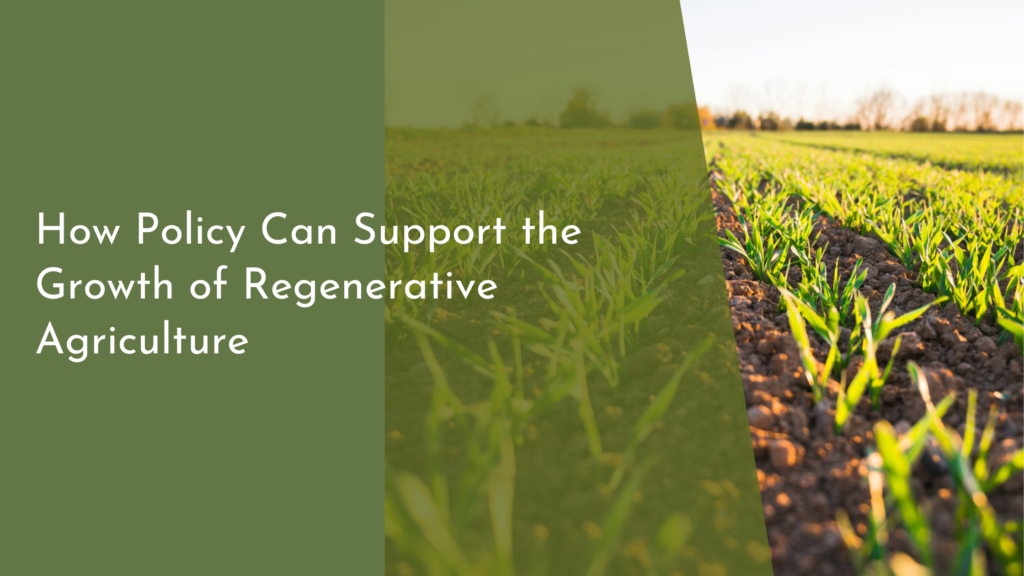Algae-Coated Buildings: Carbon Capture via Urban Biofacades
As cities continue to expand and urbanization accelerates, the quest for sustainable solutions to combat climate change has never been more urgent. One innovative approach gaining traction is the use of algae-coated buildings, also known as urban biofacades. These living structures not only enhance the aesthetic appeal of urban environments but also play a crucial role in carbon capture. By harnessing the natural processes of algae, cities can transform their skyline into vibrant, green spaces that contribute to a healthier planet.
In this article, we will explore the fascinating world of algae-coated buildings, delving into how they effectively capture carbon, the myriad benefits of living walls, and the transformative potential they hold for our cities. Join us on this journey towards a greener future, where innovation meets sustainability!
Discover the Green Revolution: Algae-Coated Buildings
Algae-coated buildings represent a cutting-edge fusion of architecture and biotechnology. These structures utilize bioreactors filled with live algae, which can be integrated into the building’s façade. As sunlight penetrates the transparent panels, the algae photosynthesize, absorbing carbon dioxide from the atmosphere and releasing oxygen. This process not only helps mitigate the effects of climate change but also enhances the overall energy efficiency of the building. By incorporating these living organisms into urban design, we can create a dynamic environment that thrives on sustainability.
Moreover, algae-coated buildings are incredibly versatile and can be tailored to meet the specific needs of each urban space. From residential apartments to commercial skyscrapers, these biofacades can adapt to various architectural styles while providing a unique visual appeal. The vibrant green hues of the algae create a striking contrast against traditional building materials, making these structures not just functional but also beautiful. As cities increasingly prioritize green initiatives, algae-coated buildings are emerging as a symbol of the green revolution in urban planning.
How Urban Biofacades Capture Carbon Effectively
Urban biofacades are designed to maximize carbon capture through the natural processes of algae growth. The bioreactors used in these systems are engineered to optimize light exposure, nutrient delivery, and water circulation, creating an ideal environment for algae to flourish. As the algae consume carbon dioxide during photosynthesis, they effectively reduce the greenhouse gases in the surrounding air. This process can lead to significant reductions in carbon emissions, making these buildings a valuable asset in the fight against climate change.
In addition to their carbon-capturing capabilities, algae-coated buildings can also contribute to energy production. Some systems are designed to harness the energy generated by the algae during photosynthesis, converting it into biofuels or electricity. This dual function of carbon capture and energy generation not only enhances the sustainability of urban environments but also paves the way for a circular economy. By integrating these innovative technologies, cities can create a self-sustaining ecosystem that benefits both the environment and the community.
The Benefits of Living Walls: A Breath of Fresh Air
Living walls, particularly those enhanced with algae, offer a plethora of environmental benefits beyond carbon capture. One of the most significant advantages is their ability to improve air quality. As algae absorb carbon dioxide, they also filter pollutants and particulate matter from the air, leading to cleaner and healthier urban environments. This is particularly important in densely populated cities, where air quality can have a direct impact on public health. By incorporating living walls into urban design, we can create spaces that promote well-being for residents and visitors alike.
Furthermore, living walls provide a natural insulation layer for buildings, reducing the need for artificial heating and cooling. This energy-efficient feature can lead to lower utility bills and a reduced carbon footprint for property owners. Additionally, the presence of greenery in urban areas has been shown to enhance mental well-being, reduce stress, and foster a sense of community. By transforming bland concrete jungles into lush, green spaces, algae-coated buildings contribute to a more vibrant and enjoyable urban experience.
Transforming Cities: A Bright Future with Algae!
The integration of algae-coated buildings into urban landscapes marks a significant step towards transforming cities into greener, more sustainable spaces. As architects, city planners, and environmentalists collaborate to implement these innovative designs, we can envision a future where urban environments are not just functional, but also thriving ecosystems. This shift towards incorporating nature into our cities will not only help combat climate change but also enhance the quality of life for urban dwellers.
As more cities embrace the concept of urban biofacades, the potential for widespread change becomes increasingly apparent. With ongoing research and advancements in algae technology, we can expect to see even more efficient and effective carbon capture methods emerge. The bright future of our cities lies in our ability to harmonize urban living with ecological responsibility. By championing algae-coated buildings, we can pave the way for a sustainable urban revolution that benefits both people and the planet.
In conclusion, algae-coated buildings represent an exciting frontier in sustainable urban design. By effectively capturing carbon, improving air quality, and enhancing the aesthetic appeal of our cities, these innovative structures hold the promise of a greener future. As we continue to explore the potential of urban biofacades, we are reminded that the solutions to our environmental challenges lie within the very ecosystems we seek to protect. Let us embrace this green revolution and work together to create thriving, sustainable cities for generations to come!

